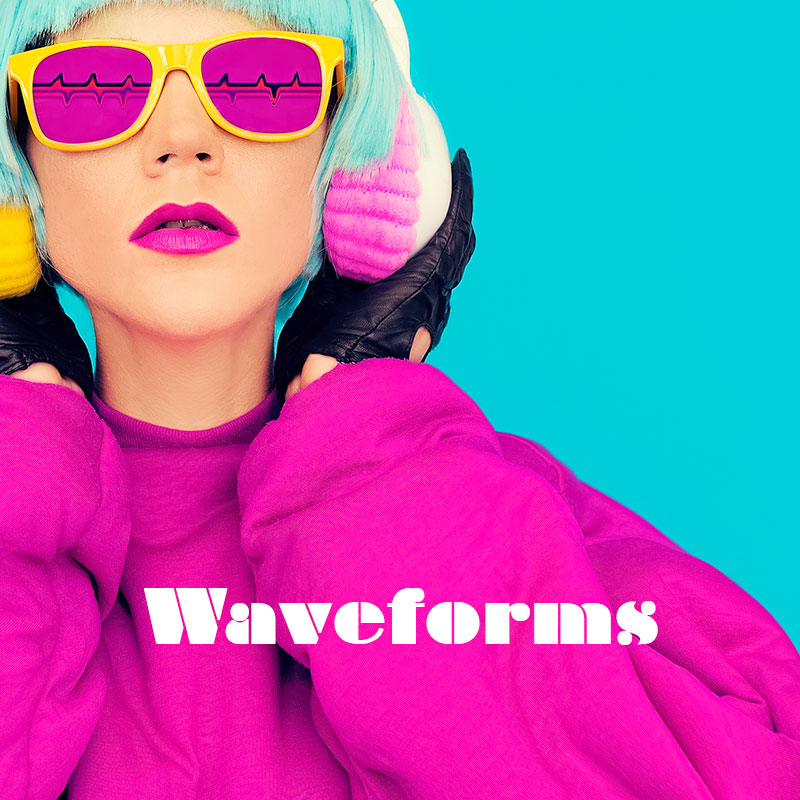Future House Music: A Modern Evolution in the Landscape of EDM

The electronic dance music (EDM) spectrum is vast, diverse, and constantly evolving. Within this sonic realm, house music has been a foundational genre, continuously branching into numerous sub-genres, each with its own distinct characteristics. Among these, Future House has emerged as a genre that redefines the boundaries of house music. But how does it differ from mainstream EDM and other house sub-genres? Let’s dive in.
A Glimpse at House Music:
Before understanding Future House, it’s essential to grasp the essence of house music. Originating in the 1980s in Chicago, house music is characterized by its repetitive 4/4 beats, synthesized basslines, and its roots in disco, funk, and soul. Over time, house music branched out, giving birth to sub-genres like deep house, tech house, and progressive house, each adding their unique flavor to the foundational sound.
What is Future House?
Future House, a term believed to be coined by French DJ Tchami, emerged in the 2010s. It is an exciting blend of deep house, UK garage, and other EDM elements. While it retains the standard 4/4 house beat, Future House introduces futuristic synths, intricate melodies, and a more prominent focus on the bassline, often with modulated and bouncy sounds.
Future House vs. Mainstream EDM:
Sound Profile: Mainstream EDM often leans on anthemic, big-room sounds with build-ups and drops designed for large festival settings. Future House, while still energetic, employs a more sophisticated and nuanced use of synths, offering a deeper, groove-oriented sound.
Basslines: EDM tracks, especially big room and electro house, often use hard-hitting, distorted basslines for massive drops. In contrast, Future House basslines are more modulated, bouncy, and intertwined with melodic elements.
Melodic Complexity: Future House typically showcases more intricate melodies and chord progressions than some mainstream EDM genres, offering a richer listening experience.
Future House vs. Other House Music:
Tempo: While traditional house music often sits at a tempo of 120-130 BPM, Future House tends to be slightly faster, hovering around 125-135 BPM.
Synthesis: Deep house and progressive house often use organic and atmospheric sounds. Future House, true to its name, employs more futuristic and digital synths, creating a unique, forward-looking sonic palette.
Vocal Use: Vocals in Future House often have a chopped or modulated style, different from the prolonged, soulful vocals you might find in traditional or deep house tracks.
In Conclusion:
Future House stands as a testament to the ever-evolving nature of electronic music. By seamlessly blending elements of traditional house with contemporary EDM sounds, it offers a fresh perspective on the dance music landscape. Whether you’re a seasoned EDM enthusiast or a newcomer, the rhythmic allure of Future House is undeniable, marking its unique footprint in the vast world of electronic soundscapes.
















Comments
This post currently has no comments.